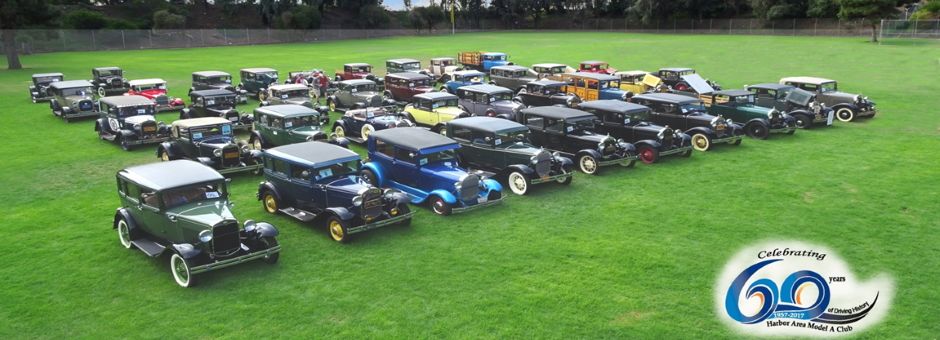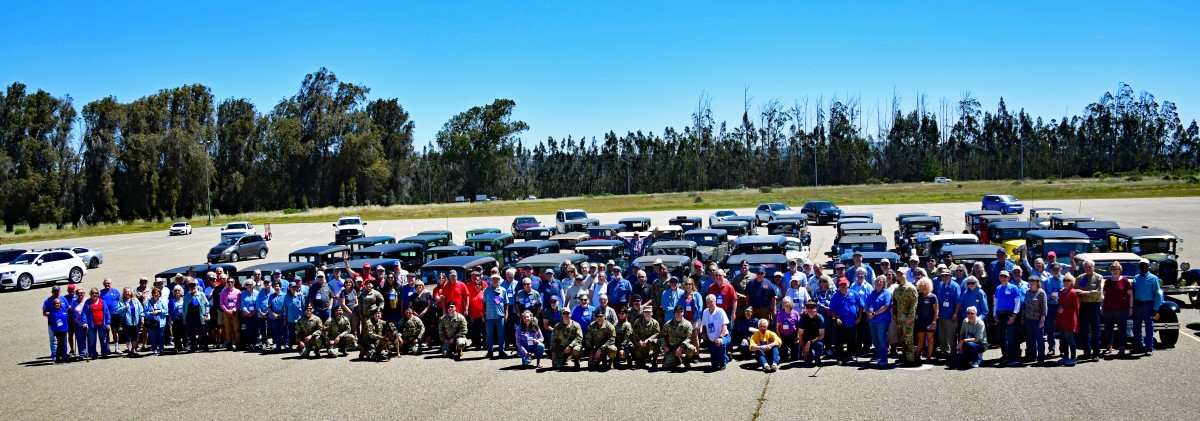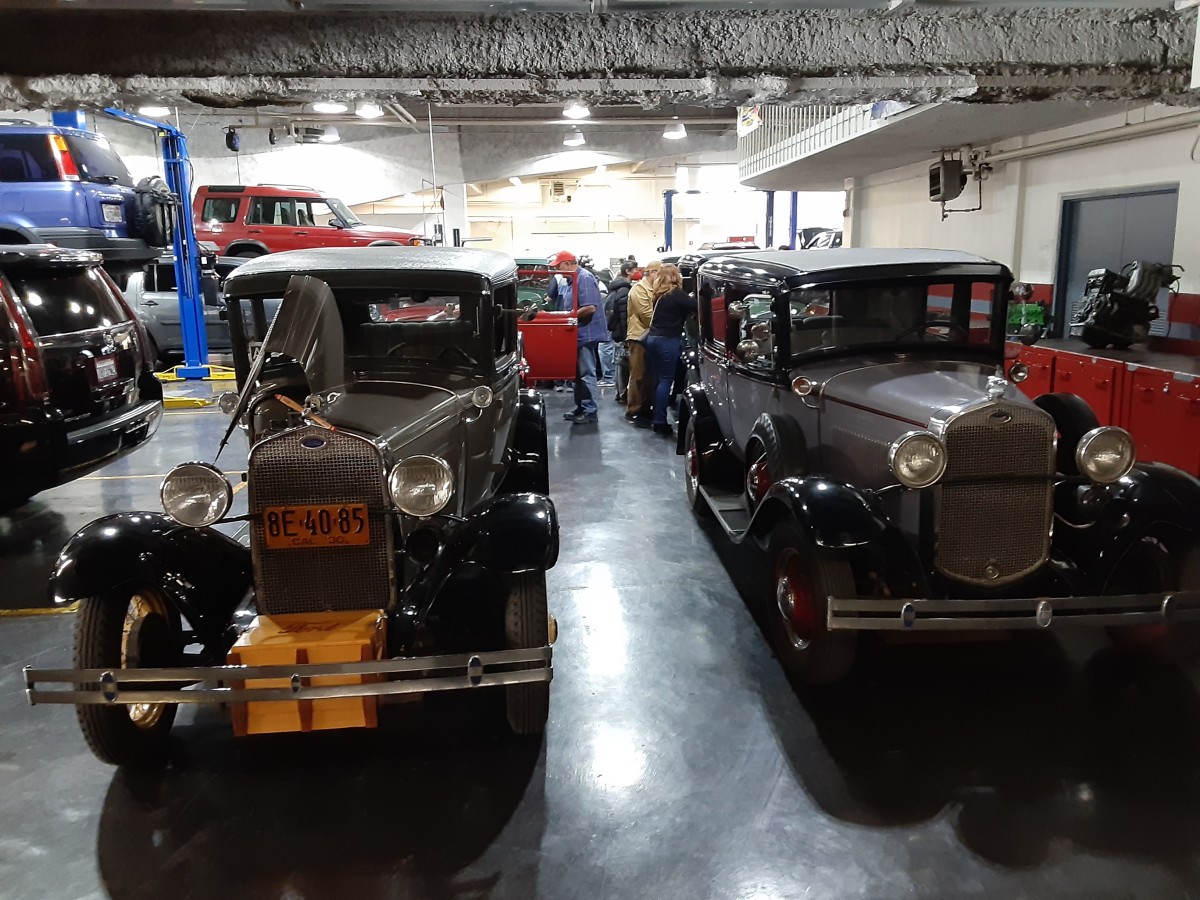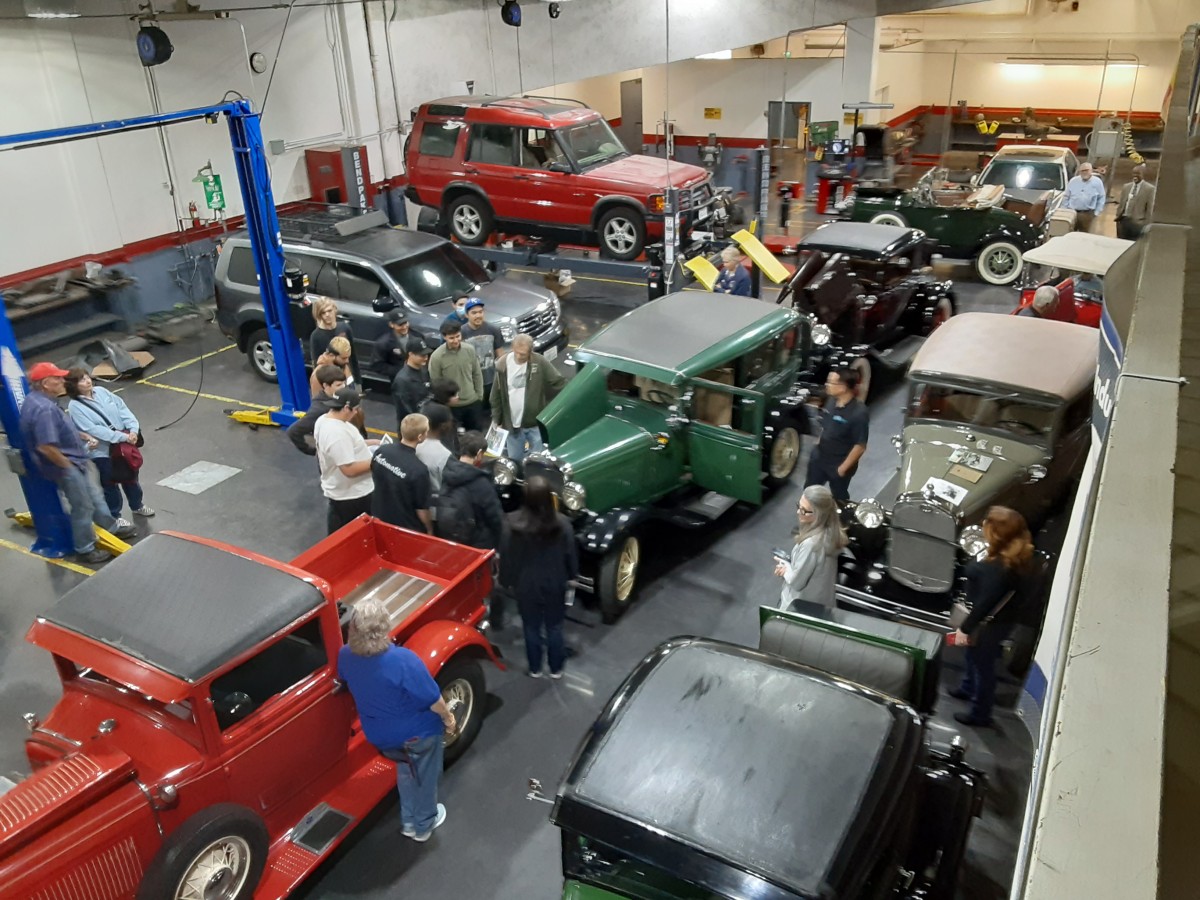Youth
 May is Model A Youth Month
May is Model A Youth Month
MARC - Youth and Scholarship – Model A Restorers Club (model-a-ford.org)
MAFCA - Model A Youth Restoration Award

MODEL A YOUTH EVENT

Ford Model A Facts
The Ford Model T (1908 – 1927) changed transportation across the country. By the mid-1920’s people were wanting something new. The 1928 Model A was introduced to the public in December of 1927 and was a smashing hit as crowds gathered to view the car. Henry Ford said that the car was so new and different that they would “wipe the slate clean and start all over again with Model A.” This is why it wasn’t called a Model U.
Model A production ended in March 1932 (28 – 31 model years) after over 4.8 million had been made. In addition to the United States, Ford made the Model A in plants in Argentina, Canada, Denmark, France, Germany, Italy, Japan and the United Kingdom. The price range was $385 for a roadster to $1,400 for a town car. Model A came in a variety of styles including:
- Coupe (Standard and Deluxe)
- Business Coupe
- Sport Coupe (Standard and Deluxe)
- Roadster Coupe
- Convertible Cabriolet
- Convertible Sedan
- Phaeton (Standard and Deluxe)
- Tudor Sedan (Standard and Deluxe)
- Town Car
- Fordor (five-window standard, three-window deluxe)
- Victoria
- Town Sedan
- Station Wagon
- Taxicab
- Truck
- Commercial
The Model A was the first Ford to use the standard set of driver controls with conventional clutch and brake pedals, throttle, and gear shift. These controls are basically the same as we have today in our modern cars.
The Model A had twice the horse power of the Model T and was rated at 40 horses with a top speed of 65 mph. It had a 201 CID engine (3.3L) and a 3-speed sliding mesh manual transmission. It is hard to image so much power and speed!
For safety, the car came standard with a Triplex shatterproof safety windshield. When most roads were gravel, this was an important safety upgrade. The Model A was the first low-cost production car with this safety feature and hydraulic shock absorbers.
The Model A also had brakes on all four wheels when many cars still only had rear brakes. Fuel flow to the carburetor is gravity flow from the tank in the cowl.
MODEL A YOUTH
Southern California Regional Occupational Center
May 4, 2023
About a year ago, Weeg Thompson suggested we reach out to the Southern California Regional Occupational Center to see if we could bring our cars and do a presentation for Model A Youth month (a first for our club). Here is what developed as a result of her wonderful suggestion and the efforts of Pat Harrison who was able to make a connection through two of their Board Members.
Several of our club members hopped in their cars on May 4 for the short trip to the Southern California Regional Occupational Center in Torrance in recognition of Model A Youth month where we were greeted by 24 students, the automotive class instructor Alan Lee, and the superintendent of SoCal ROC Dr. Atlas Helaire.
Our program started with an introduction of who we are; why we were there; information about the Model A Youth Restoration Award and our club, Harbor Area Model A Club; and an invitation to come to our meetings.
President Rob Hernandez shared a brief history about the Model A. Tool Coordinator Bobby DeCrescenzo talked about Henry Ford, how he got started and some of his inventions. He brought several Model A tools, asked students if they knew their purpose, and then explained how they were used.
We had ten Model As, from the working man’s models to the luxury models. Students moved from car to car with our members sharing information about their cars: type and year, when and how they were acquired, what they had done mechanically and cosmetically, an interesting story, etc.
We then reconvened for questions and to raffle off three of our club hats. Each student received a laser engraved wooden business card with the club logo, website address, and QR code that would take students directly to our website designed and created by Steve Thompson (they were a huge hit—everyone wanted one!). Torrance CitiCable was there to film the event. All members should be able to view it on YouTube.
What a wonderful experience for both the students and members. The students were very attentive and interested, and we were even invited to stay and address the evening class. Hopefully, we created an interest in the Model A and will be seeing some of the students at an upcoming meeting.
We concluded our Model A Youth event by attending the May 8 SoCal Roc Board meeting sharing with the Board Members what an enthusiastic response we received from the school and students to our Model As and all we shared about the A.




